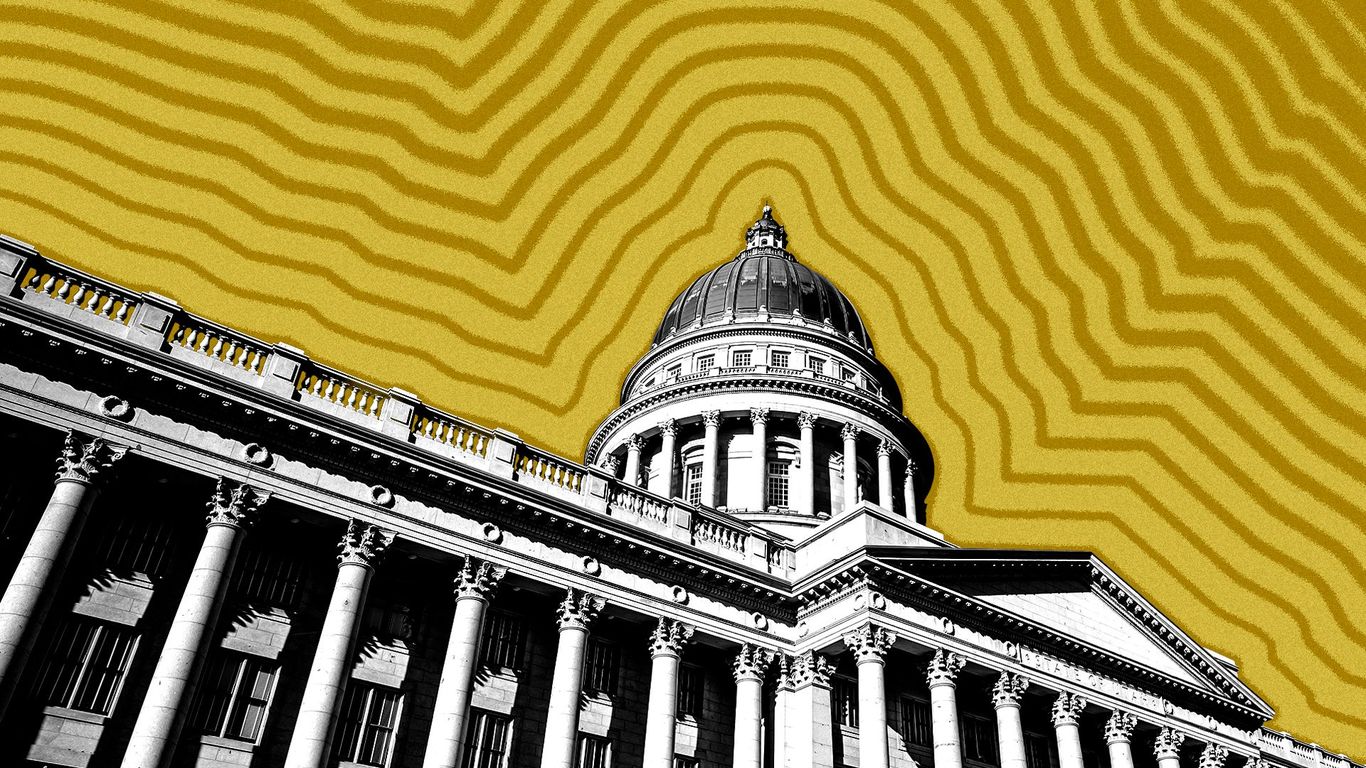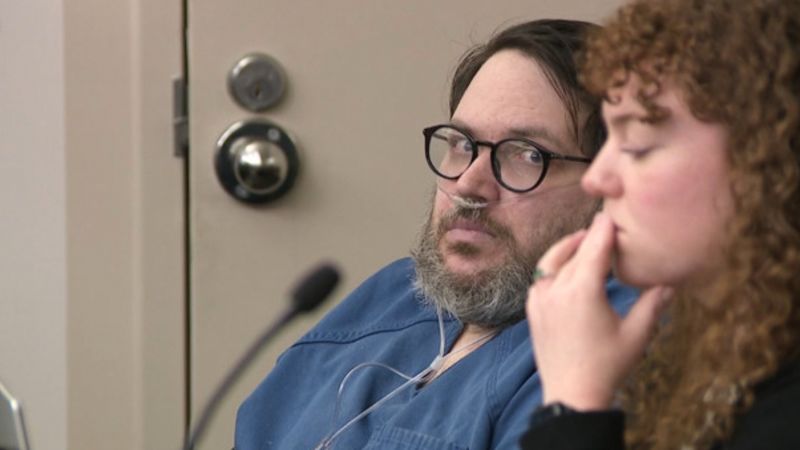Salt Lake City
AP
—
A Utah judge on Monday sentenced a man who appeared to fake his death and flee the United States to avoid arrest on rape charges to anywhere from five years to life in prison.
Nicholas Rossi, 38, is “a serial abuser of women” and “the very definition of a flight risk,” District Judge Barry Lawrence said before handing down the sentence.
It was Rossi’s first of two sentencings after separate convictions in August and September of raping two women in northern Utah in 2008. He is scheduled to be sentenced in November in the second case.
Utah allows prison sentences to be given as a range rather than a set period of time. A parole board will determine if and when Rossi is released. Five years to life is the entire range of possible prison time under Utah law for rape, a first-degree felony.
Jurors found Rossi guilty of rape in August after a three-day trial in which his accuser and her parents each took the stand.
Rossi left a “trail of fear, pain and destruction” behind him, the victim in the case told the court shortly before Rossi was sentenced. The Associated Press does not typically identify rape victims.
“This is not a plea for vengeance,” she said. “This is a plea for safety and accountability, for recognition of the damage that will never fully heal.”
Rossi posed a risk to community safety and should be in prison, argued Deputy Salt Lake County District Attorney Brandon Simmons, a prosecutor in the case, before the sentencing. Rossi’s lawyers, meanwhile, urged the judge to give him parole.
Rossi did not testify on his own behalf during the trial. Given a chance to speak before being sentenced Monday, he maintained his innocence.
“I am not guilty of this. These women are lying,” Rossi said in a soft, raspy voice. He appeared in court in a wheelchair and used an oxygen tank.
Utah authorities began searching for Rossi, whose legal name is Nicholas Alahverdian, when he was identified in 2018 through a decade-old DNA rape kit. He was among thousands of rape suspects identified and later charged when Utah made a push to clear its rape kit backlog.
Months after he was charged in that case, an online obituary claimed Rossi died on February 29, 2020, of non-Hodgkin lymphoma. But police in his home state of Rhode Island, along with his former lawyer and a former foster family, cast doubt on whether he was dead.
He was arrested in Scotland the following year while receiving treatment for COVID-19. Hospital staff recognized his distinctive tattoos – including the crest of Brown University inked on his shoulder, although he never attended – from an Interpol notice.
He was extradited to Utah in January 2024 after a protracted court battle. At the time, Rossi insisted he was an Irish orphan named Arthur Knight who was being framed. Investigators say they identified at least a dozen aliases Rossi used over the years to evade capture.
In his first trial, Rossi’s public defender denied the rape claim and urged jurors not to read too much into his move overseas. Even so, the jury convicted Rossi of the rape charge for which he was sentenced Monday.
The victim in the case had been living with her parents and recovering from a traumatic brain injury in 2008 when she responded to a personal ad Rossi posted on Craigslist. They began dating and were engaged within a couple weeks.
She testified that Rossi asked her to pay for dates and car repairs, lend him $1,000 so he wouldn’t be evicted, and take on debt to buy their engagement rings. He grew hostile soon after their engagement and raped her in his bedroom one night after she drove him home, she said.
She went to police years later, after hearing that Rossi was accused of raping another woman in Utah around the same time.
The victim in that case went to police soon after Rossi attacked her at his apartment in Orem. The woman had gone there to collect money she said he stole from her to buy a computer.
Rossi was convicted in that case in September and sentencing is set for November 4.
Rossi grew up in foster homes in Rhode Island and returned there before he appeared to fake his death and flee the country. He was previously wanted in the state for failing to register as a sex offender. The FBI says he also faces fraud charges in Ohio, where he was convicted of sex-related charges in 2008.









































